The plan for day 2 was for everyone to meet in the hotel lobby for breakfast. Michael was supposed to share a room with me the night before, but he had flight troubles and would be arriving in the morning. The staff at Otorongo's office in Iquitos were able to arrange a mototaxi to pick him up from the airport so we could be on our way as soon as he arrived. We paid for the cost of the lodge at the office and then took three mototaxis to the marina, where a boat was waiting for us.
Otorongo Expeditions has quite a few boats, and this was their fastest one. It was a pretty long ride from Iquitos to the lodge, but their speedboat made it a pleasant trip. We had a roof over our heads, the seats were comfortable, and our life jackets were sexy.
Since we were now a captive audience, the boat operator stopped at about the half way point so we could see a jungle distillery in operation. It was a clever marketing ploy, but we didn't mind. They showed us the horse-powered (by that I mean powered by a horse) press that crushes sugar cane and extracts the juice.
The entire operation fit under one roof. After the sugar cane juice was extracted, it was fermented in an open top plastic drum. The liquid in the drum was happily bubbling away, and it smelled pretty darn good. Once the sugars were converted to alcohol, the mixture was boiled in a kettle and condensed to make the liquor. They had several flavors, and we were able to try each of them.
Once we were liquored up, the owner of the distillery offered us the chance to buy bottles of his jungle moonshine. Clever, right? Josh and Joy bought a bottle, but for the most part we planned to fish, sleep, and repeat without much drinking. Our next stop would be the Otorongo lodge. As you can see, Ken was especially eager to get going so he could start fishing.
Before the rest of us returned to the boat, I had one of the guys take my photo with the Amazon River (and also some of the distillery's sugar cane) in the background. It was such a surreal experience to look out at the mighty Amazon, pinch yourself, and remind yourself that you weren't dreaming. We had spent two years planning this trip, and we were finally here!
It's hard to convey just how big the Amazon is, and we weren't anywhere near its lower reaches. Downstream from Iquitos, the river's width ranges between half a mile and a mile. Every now and then we would see ships that looked like they belonged in the ocean. I wonder how they get unstuck when they run into a sandbar or scrape the bottom.
We arrived at the lodge, unloaded our bags from the boat, and carried them up to our rooms. I was eager to catch my first fish from the lodge's creek, so I unpacked my fishing gear and hurried back to the dock. I tied on a Mepps spinner... and then it began to rain. I was determined though, so I fished that spinner until I was soaked head to toe. Finally, I got a savage bite not far from the dock and pulled in my first piranha. I could hear its teeth crunching as it bit my grippers.
Rhombeus Piranha (Serrasalmus rhombeus) - new hook & line species #355
After lunch (which was delicious) we paired up and went out in canoes with our Peruvian guides. Most of the guides were fishermen from the nearby village. When Otorongo has guests who want to fish, they arrange to have some of the fishermen from the village come over to help out. We used steel leaders and cut bait. We got bites as soon as our baits disappeared from view, but it was difficult to hook whatever the culprits were. However, once we downsized our hooks we started catching small catfish with whiskers as long as their bodies.
Bloch's Catfish (Pimelodus blochii) - new hook & line species #356
I'm pretty certain the catfish below is the same species. I'll include more than one photo of a lot of the fish I caught on this trip, and perhaps someone will see something different about one of them so I can add an armchair lifer.
It took a while to find more piranhas, but once we started fishing closer to submerged wood we caught a good number of them. One of the most iconic piranhas, the red-bellied piranha, turned out to be fairly common. They have a more bulldog appearance than the piranhas in the Serrasalmus genus.
Red-Bellied Piranha (Pygocentrus nattereri) - new hook & line species #357
You've probably noticed the fish grippers that I bought for this trip. A friend in the Chicago area owns the company that makes them: Lucid Fishing. I highly recommend buying one if you deal with fish with sharp teeth or fish that thrash around a lot. The handle rotates freely, so fish can spin as much as they want without causing damage to their jaws.
We continued downsizing our hooks to see what other species we could catch. One of the other culprits for the nonstop bites were sardinas like the one below. They are in the same family as tetras and piranhas. As you can imagine, they make great bait for catfish.
White Sardina (Triportheus albus) - new hook & line species #358
The sardina below looks like it may have a slightly different body shape, but I wasn't able to ID it as another species. So for now it's also a white sardina.
While we were fishing, we heard a whistle from the bank. We looked up to see Anthony, the owner of the lodge, holding something in his hand. He said "catch!" and tossed us a couple of enormous, live grubs. They made excellent bait, but you had to be careful because they could bite hard with their pincers! Joy started calling them sweet juicy grubs, and the name stuck.
Sweet Juicy Grub (Rhynchophorus palmarum)
We were running out of daylight, and soon it would be time for dinner. I stopped fishing with a steel leader, and it really helped increase the number of fish I caught. Besides the bloch's catfish, we also caught small purple catfish that surprisingly did not have whiskers.
Blacknose Drumcat (Tympanopleura atronasus) - new hook & line species #359
There are several different species in the Tympanopleura genus, but I think I only caught one of them throughout the week. The photo below is another individual. Its color is a little washed out because I had the camera flash on.
The last species of the evening was an exciting one - a red-bellied pacu. They get fairly large, but this was just a juvenile. At first glance it looks similar to a piranha, but when you look closely you should notice several differences in the shape of its mouth, head, and body. We really hoped to catch the black pacu, also known as tambaqui, but I don't think anyone in the group did.
Red-Bellied Pacu (Piaractus brachypomus) - new hook & line species #360
I don't normally include food pics in my blog posts, but this will be one of the rare exceptions. The main course for dinner was arapaima (if you don't know what an arapaima is, google it), and it was delicious. It felt strange eating such an iconic fish. The lodge raises them in ponds on their property, and they work with local communities to make sure the wild populations remain healthy.
You're probably wondering what those delicious looking morsels are on the wooden stick. That's right, sweet juicy grubs! Don't knock them until you've tried them.
Our second course was grilled piranhas with slices of tomatoes and limes. All of the produce is grown on the lodge's property, and the piranhas were caught by us. The meat on the piranhas was flaky and oily, and we enjoyed them thoroughly.
We really didn't fish much this day, but I was still able to add six new lifers. The rest of the group also did well, and a few of the people caught species that no one else did (Ken got a really cool vampirefish). After dinner we retired to our rooms, which were very dark, because they did not have electricity. It's amazing how quickly you go to bed and fall asleep when you don't have lights in your room!
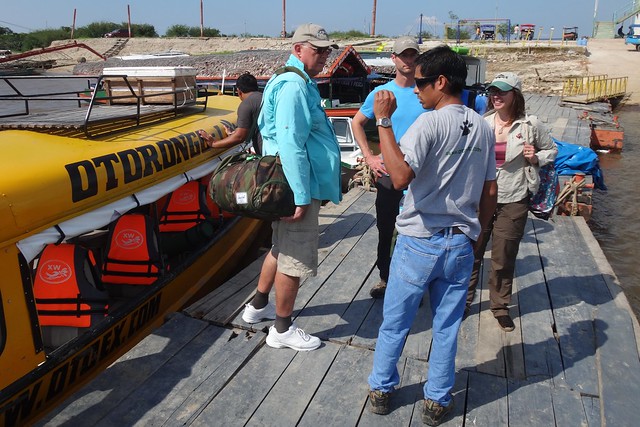
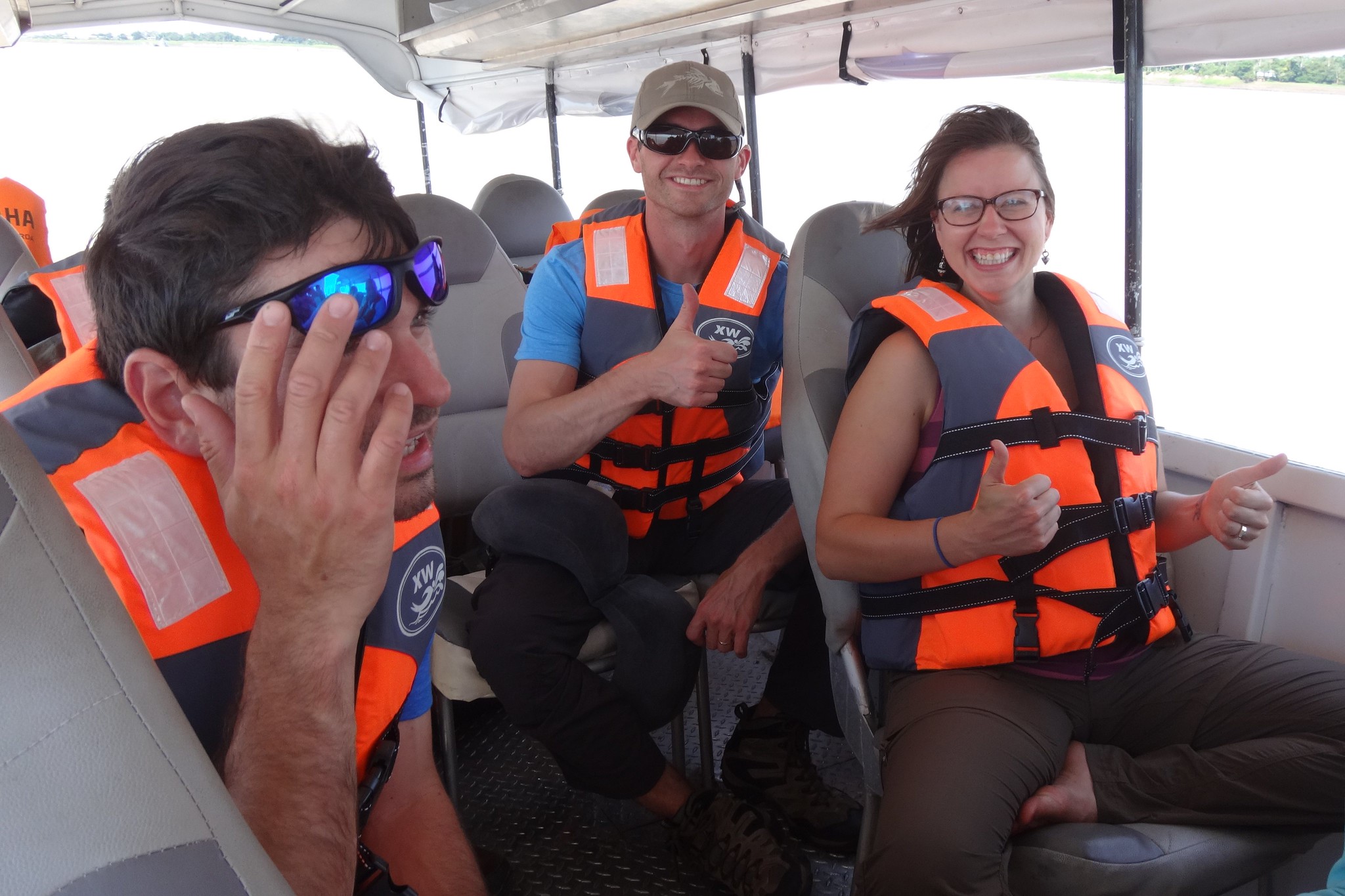
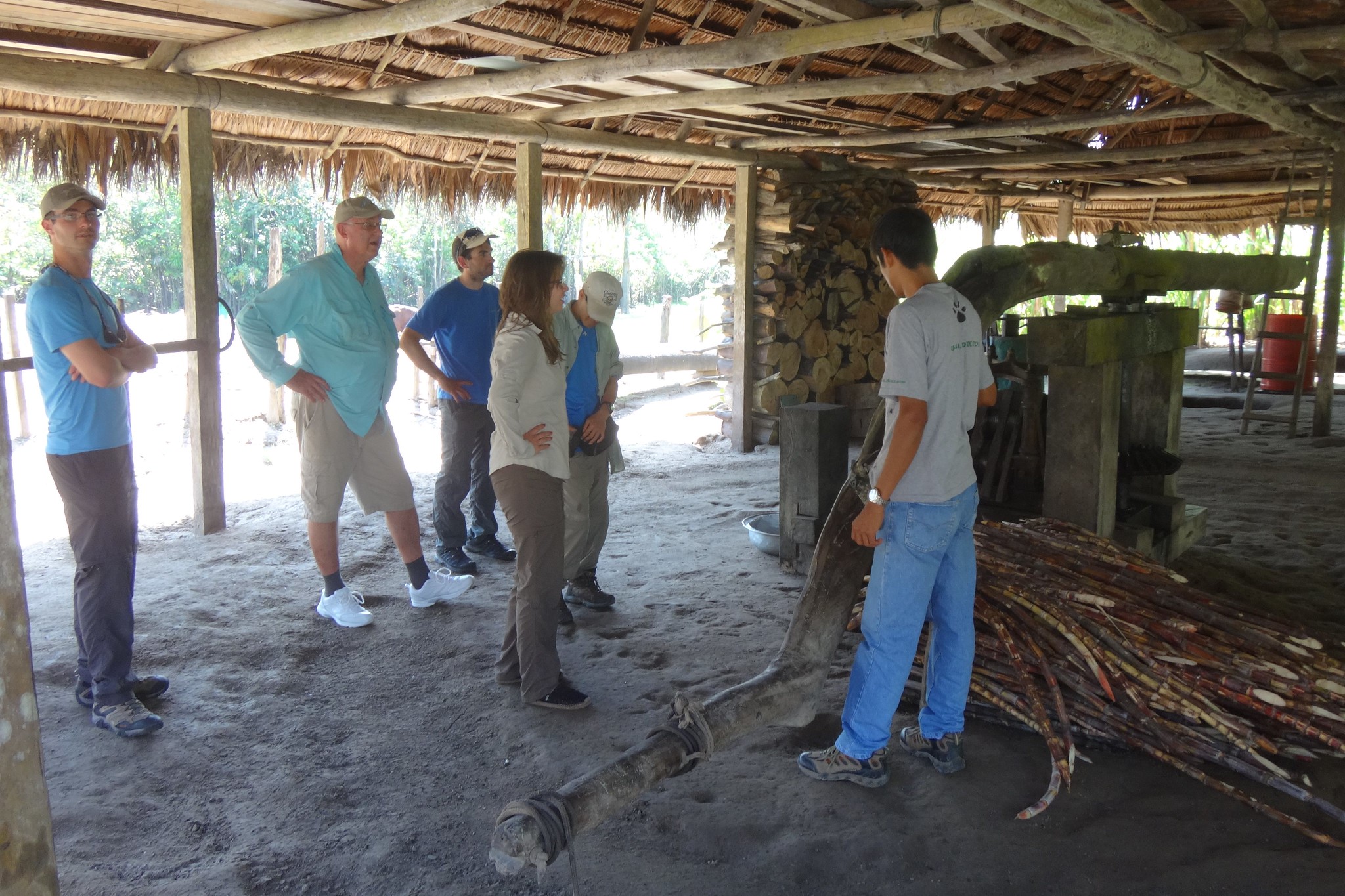
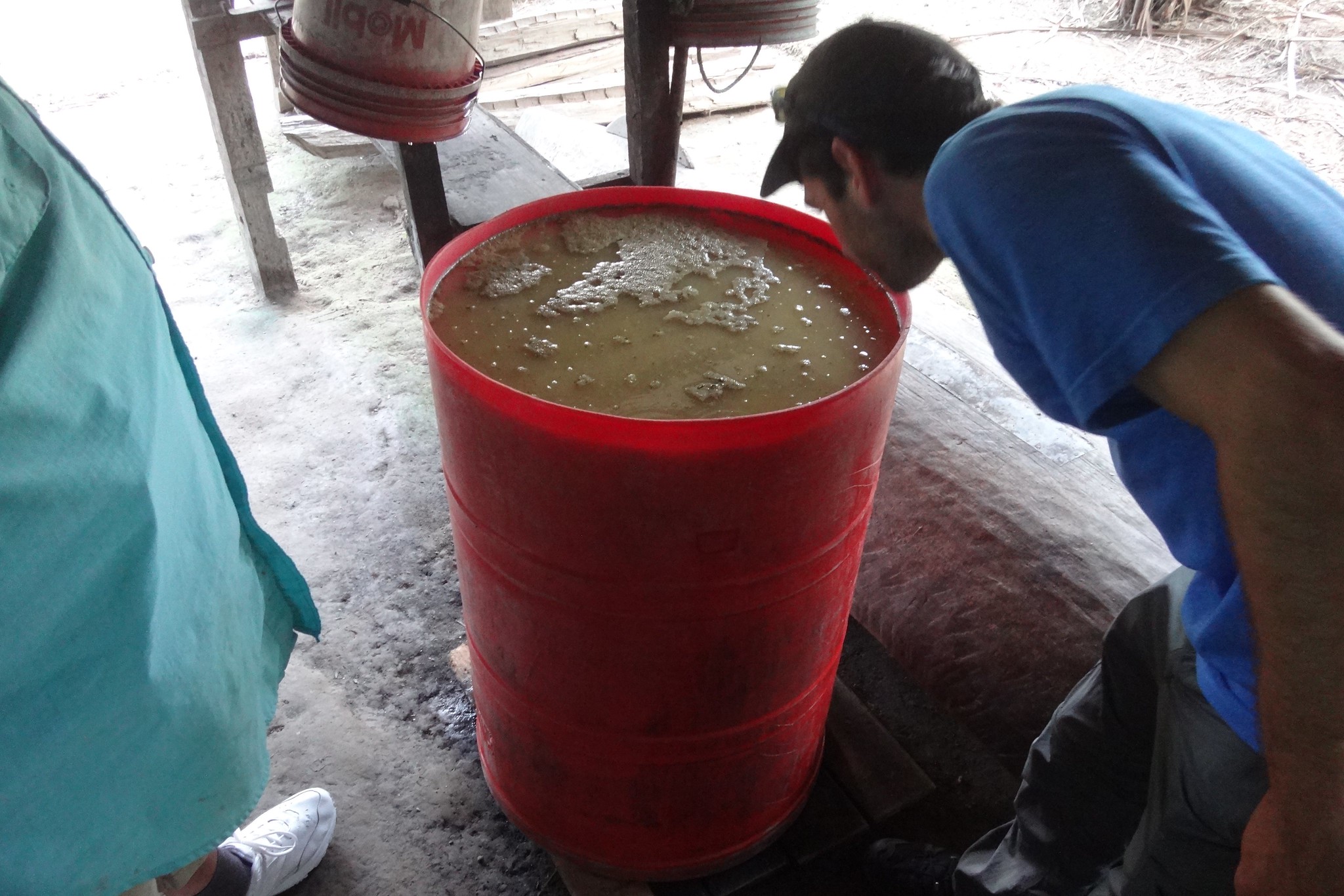

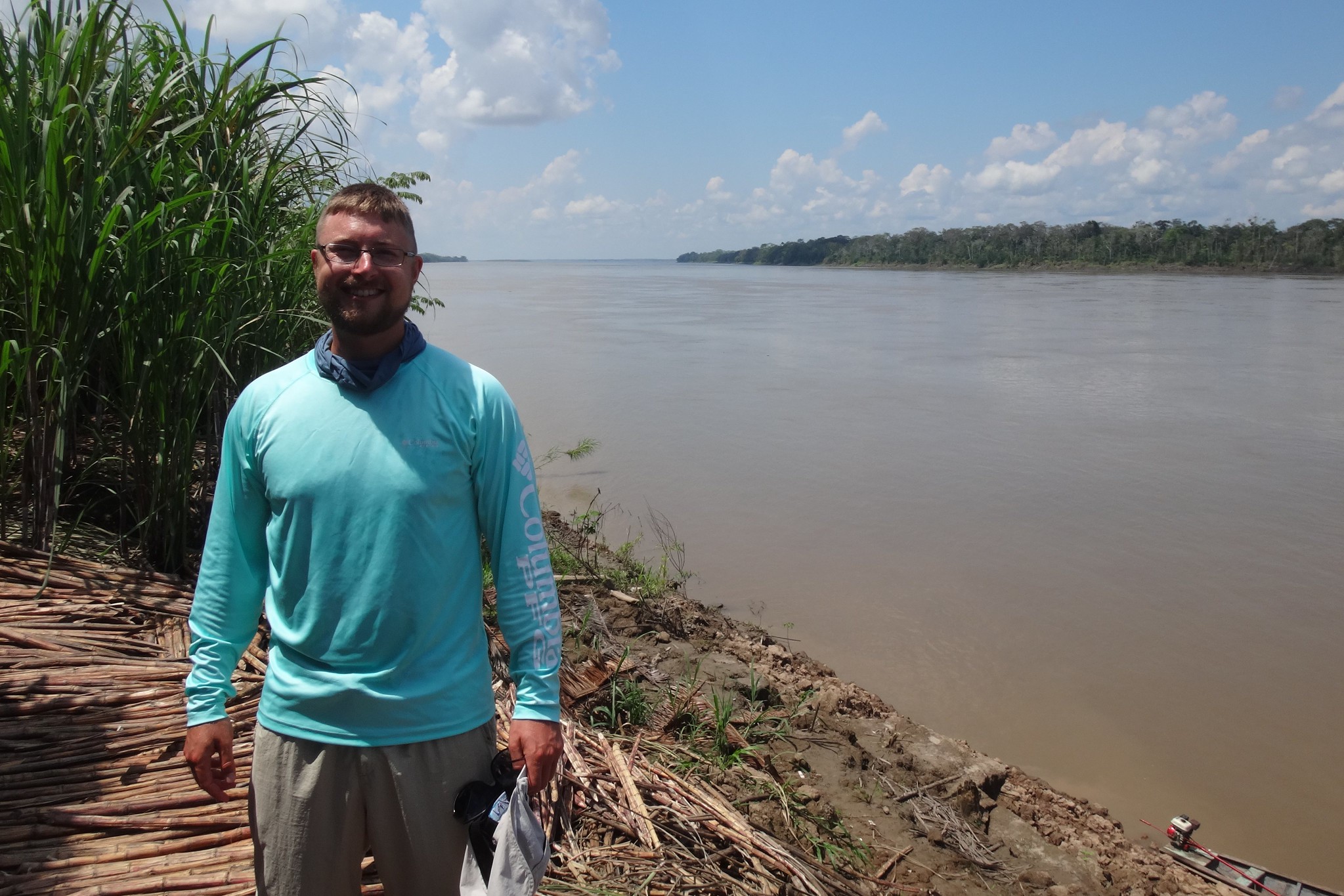

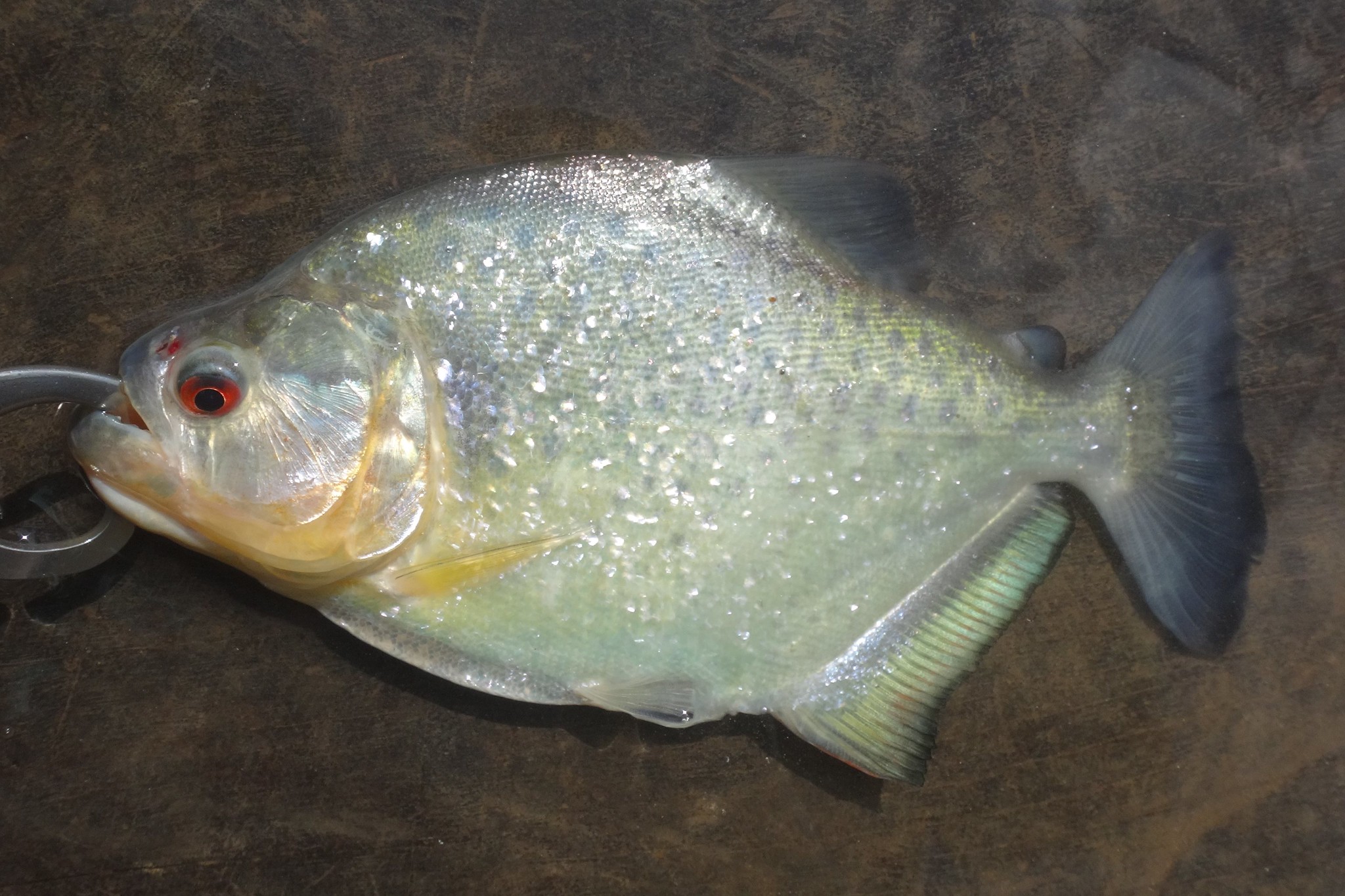

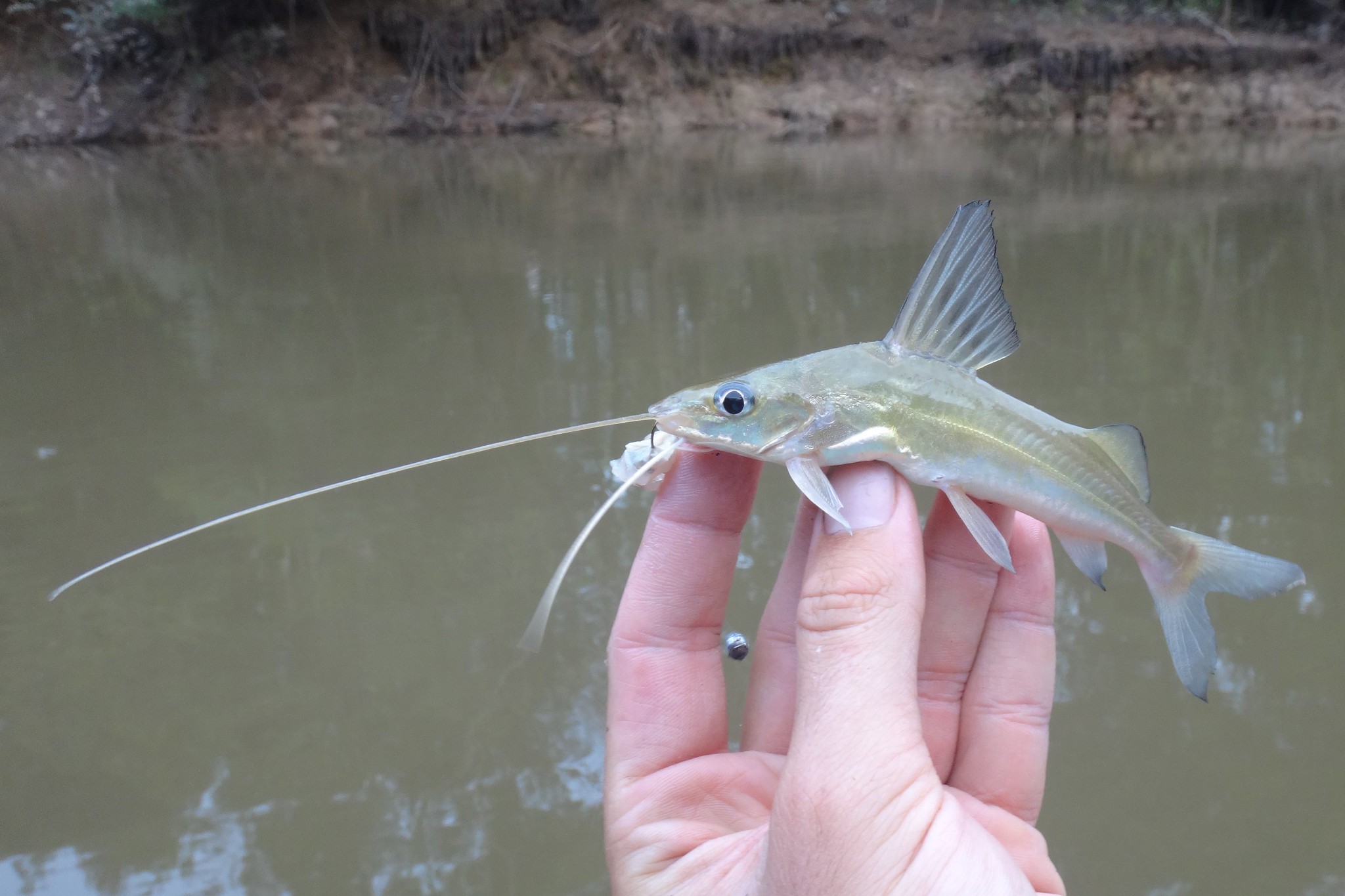
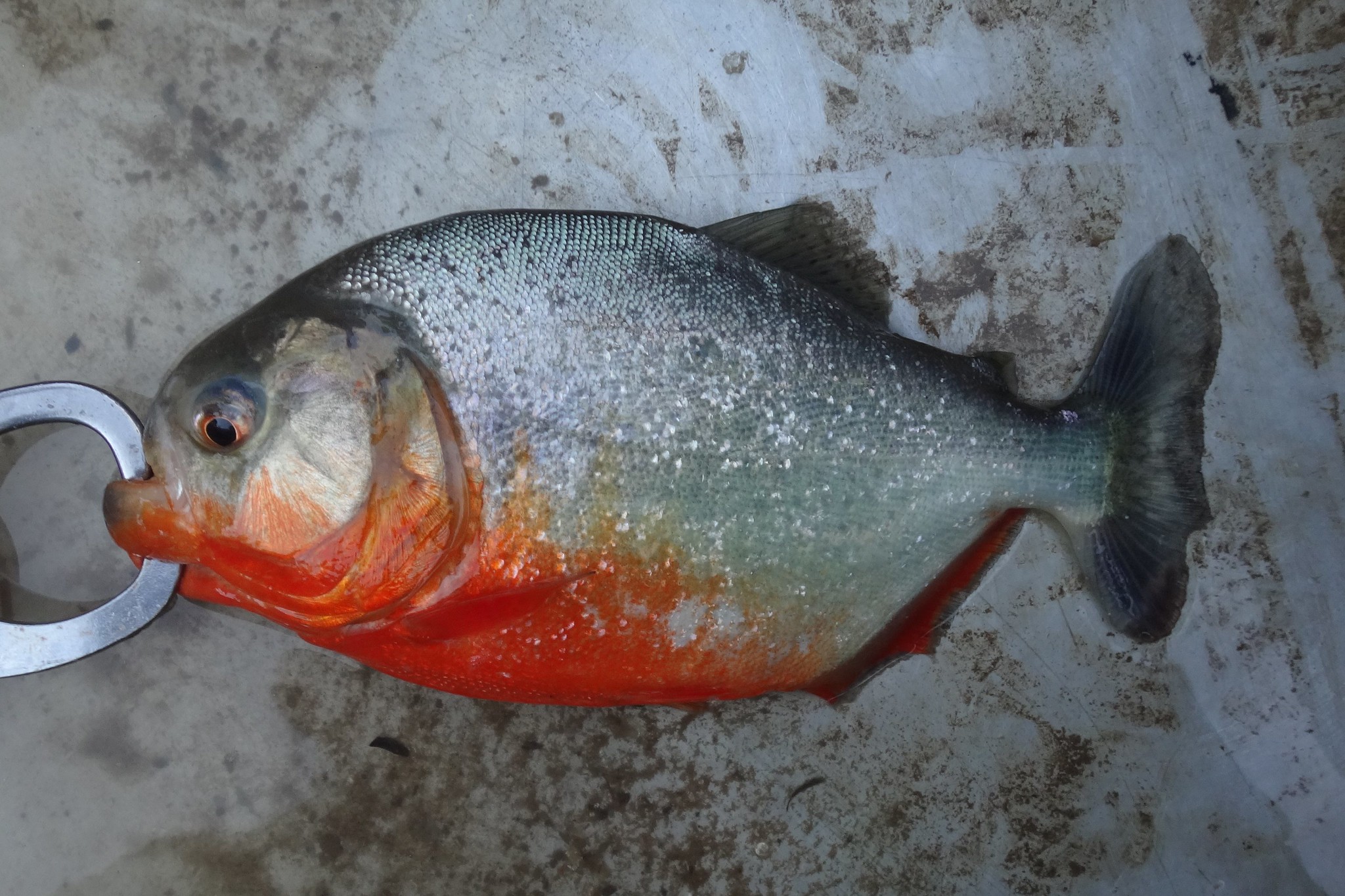
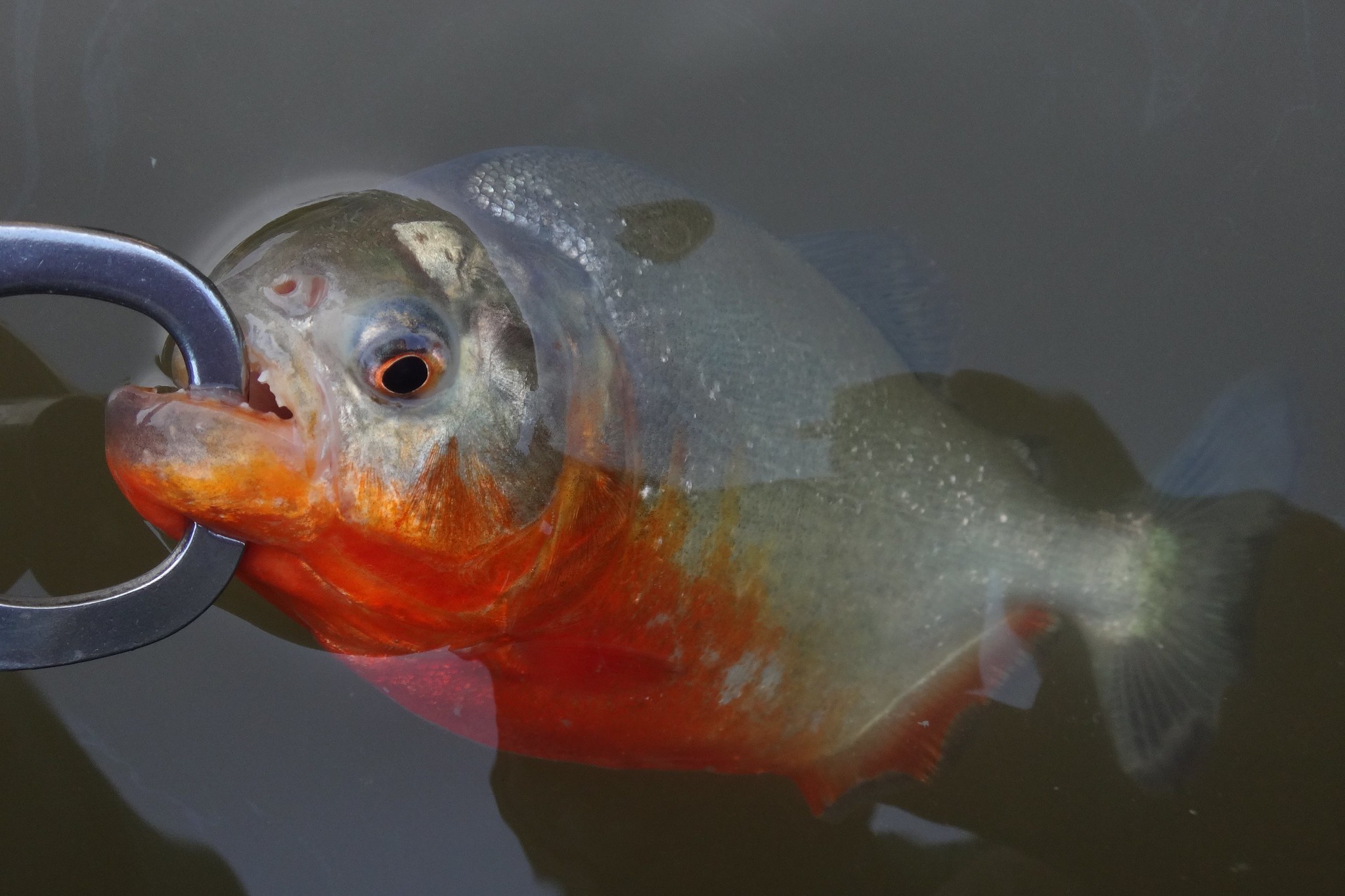
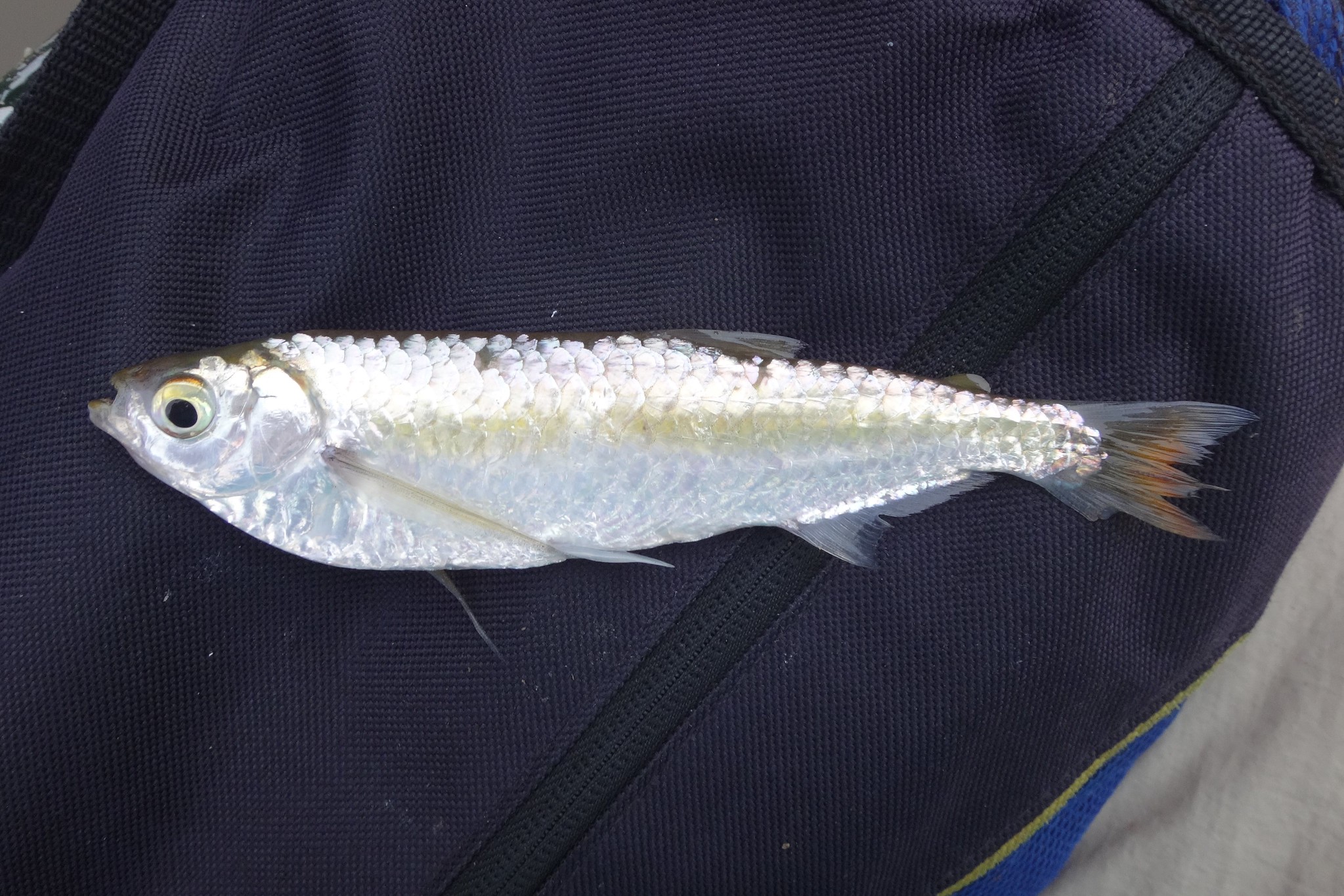
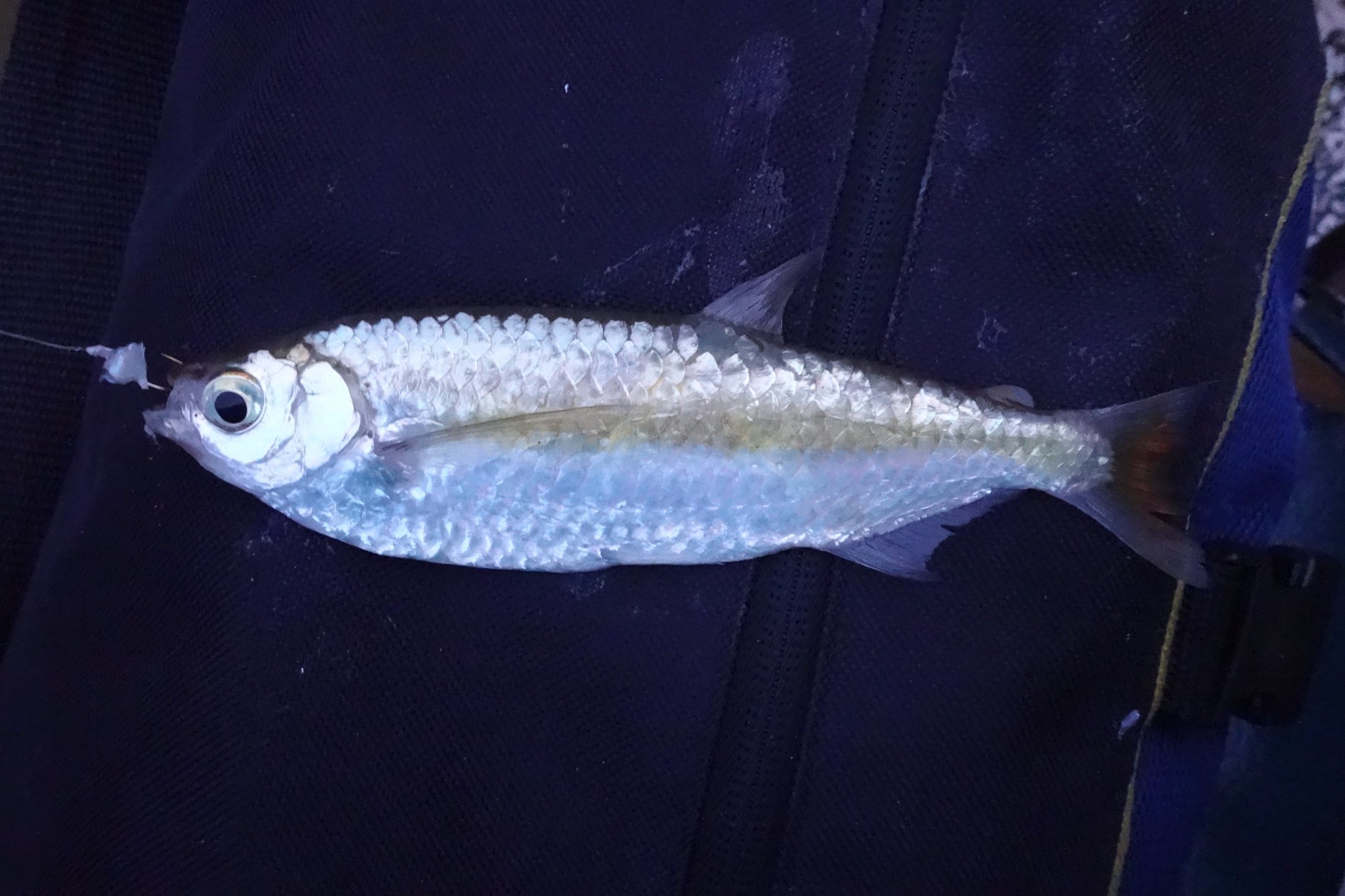
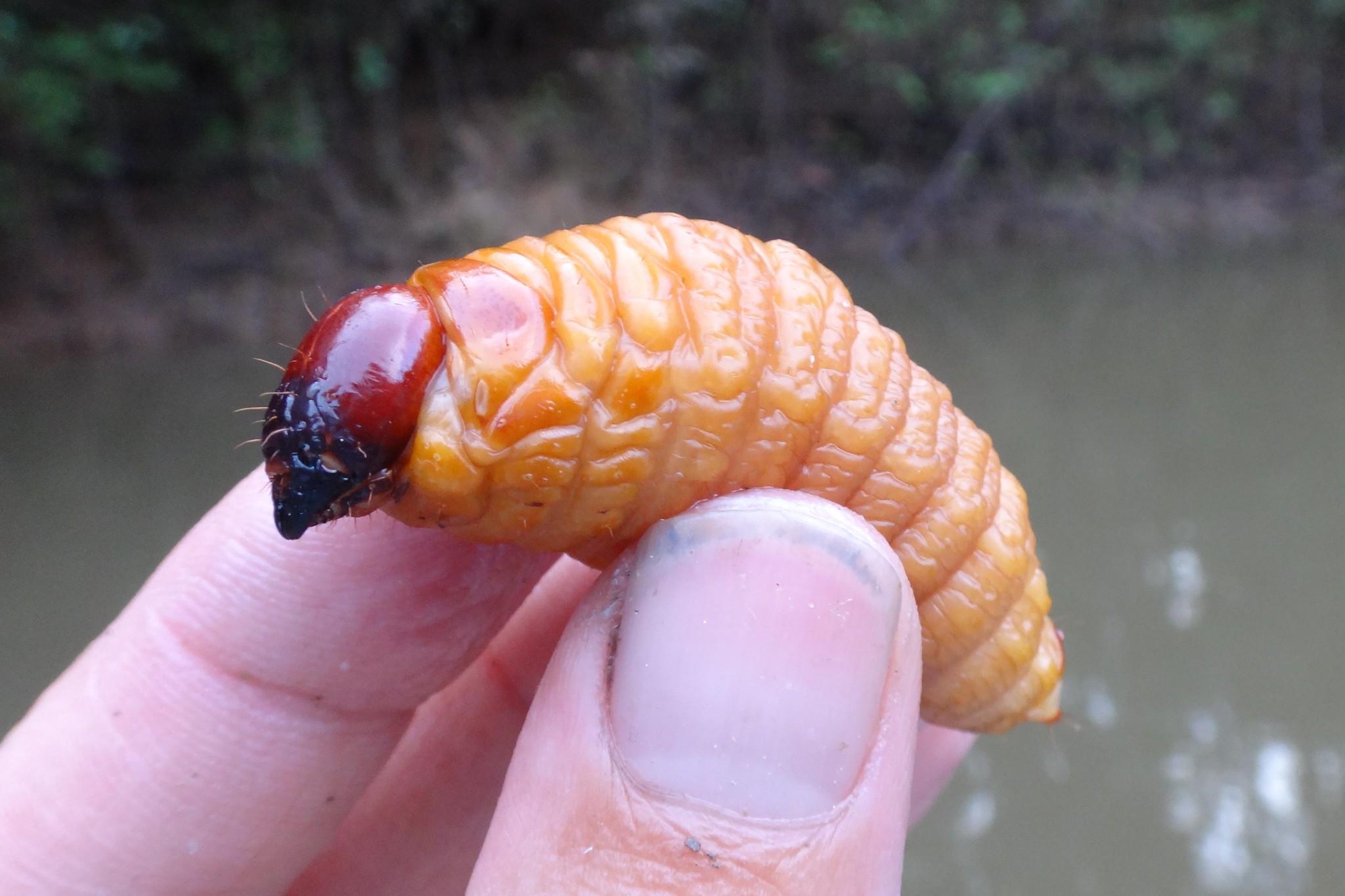
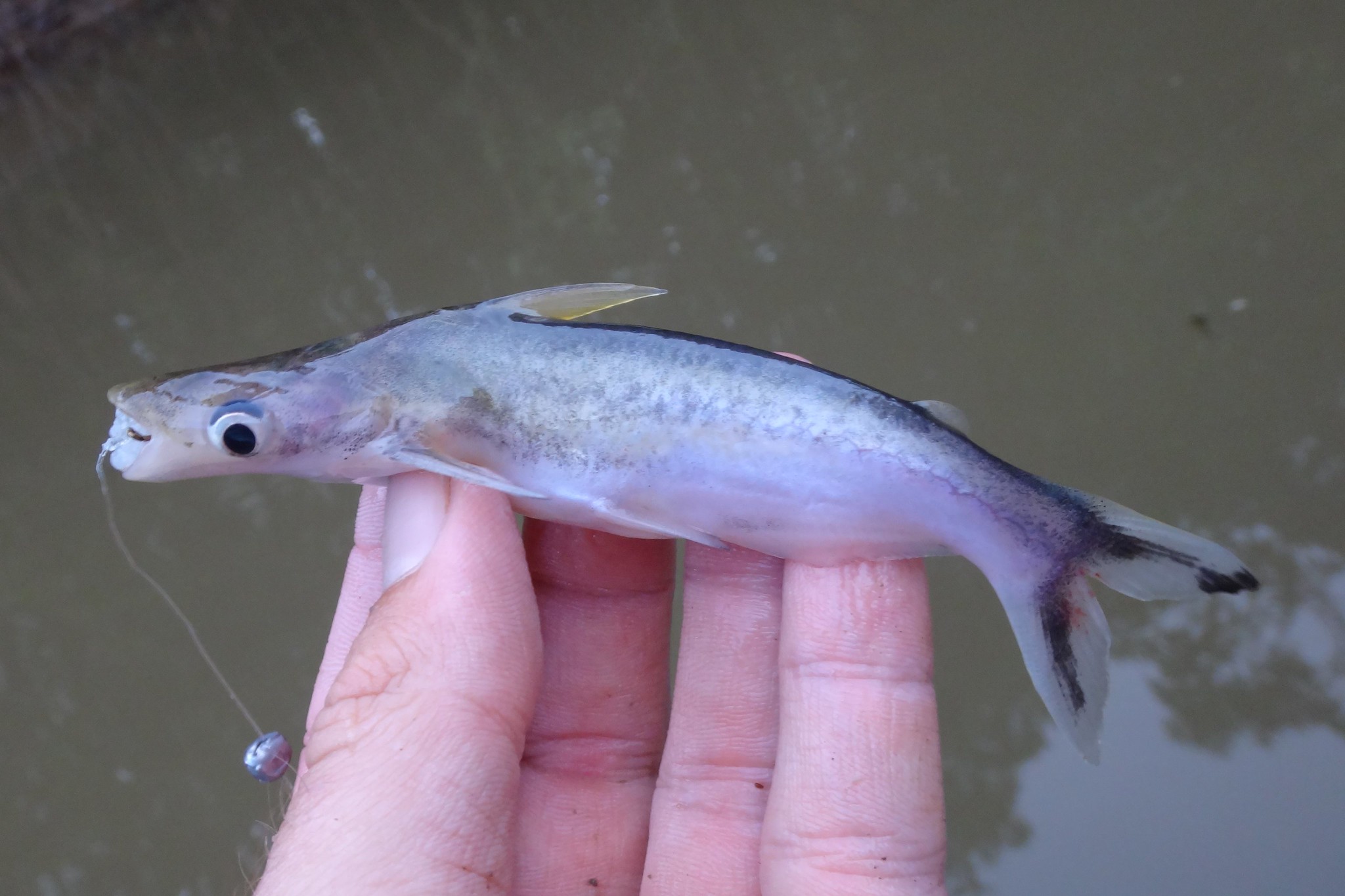
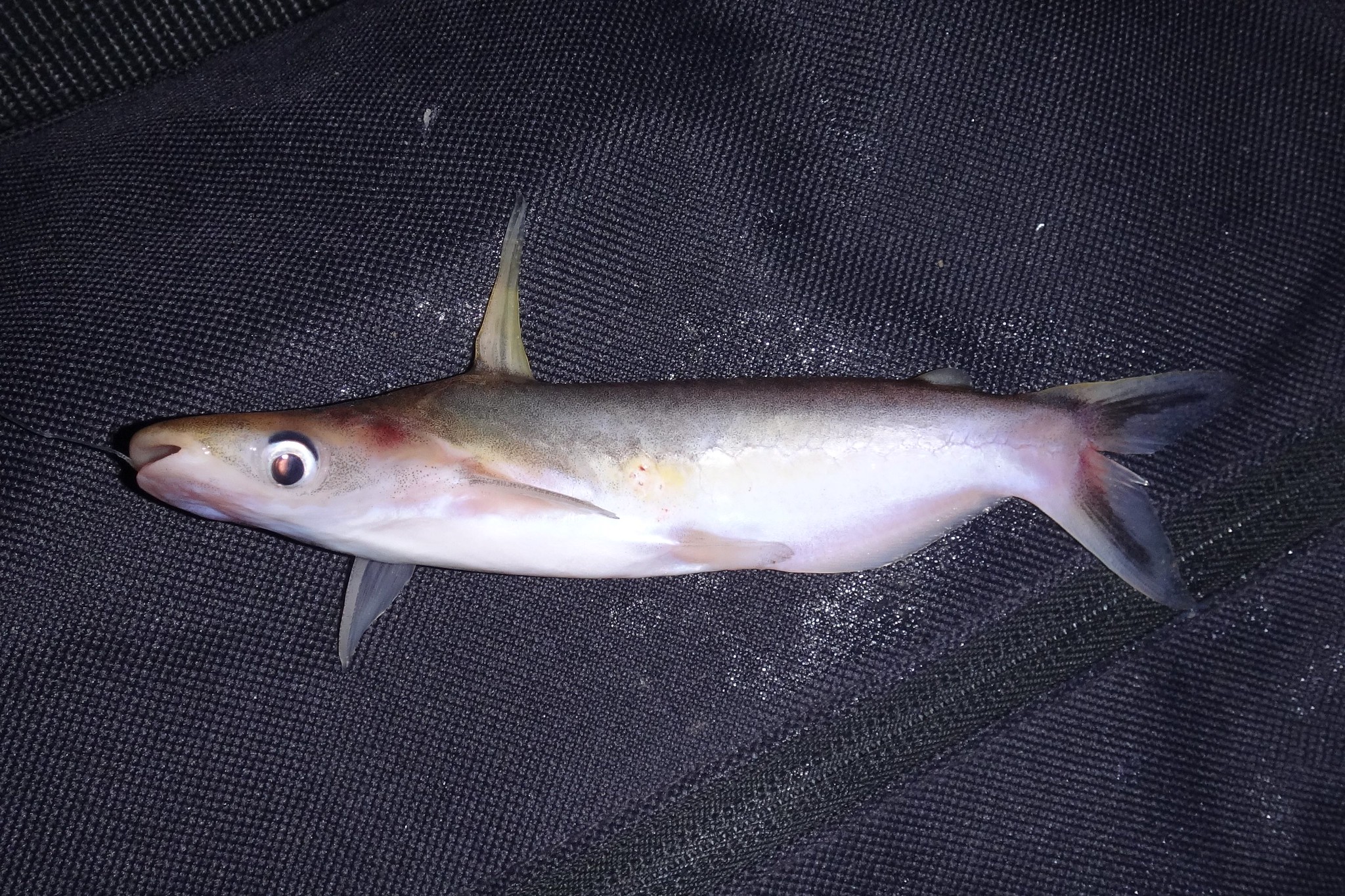
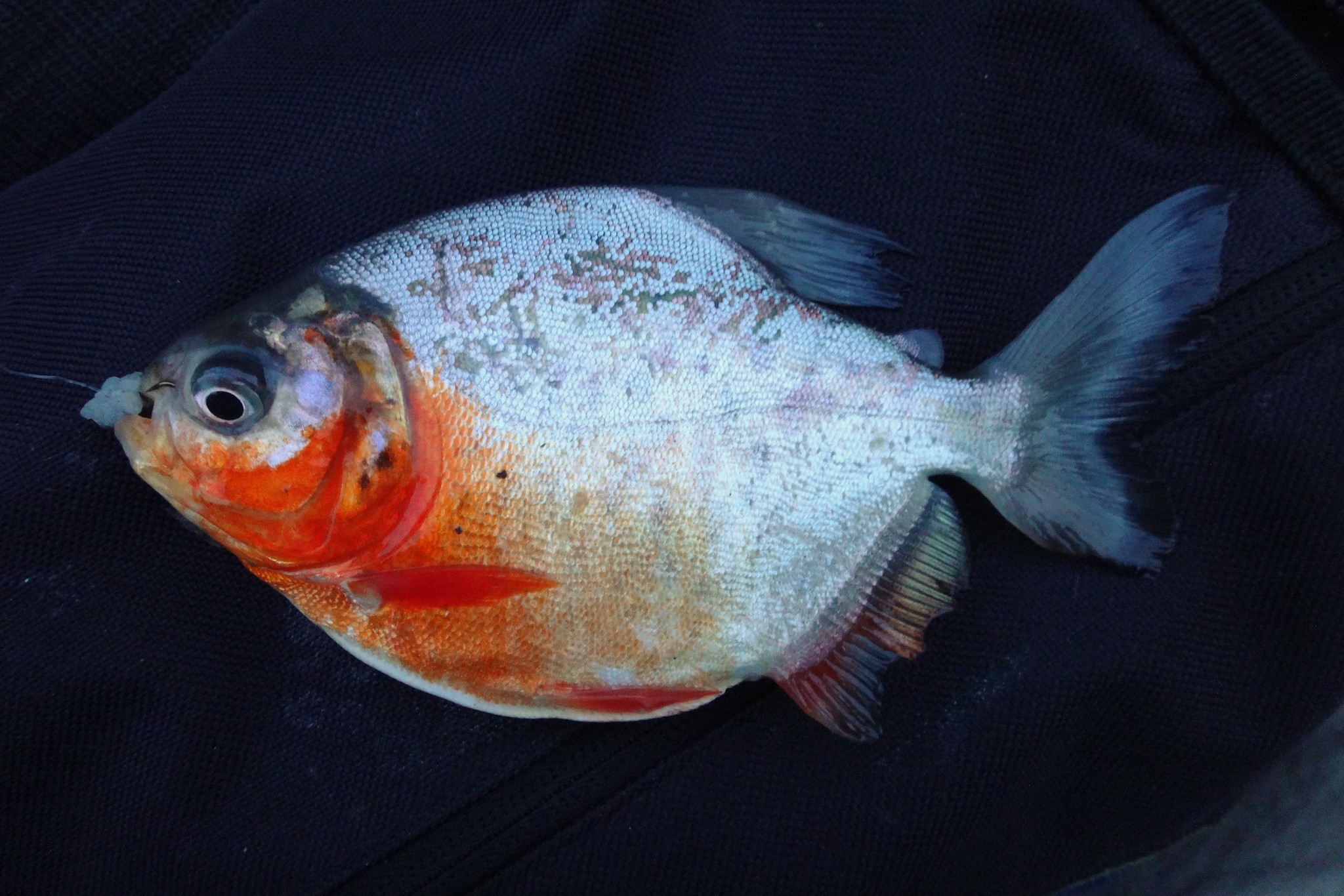
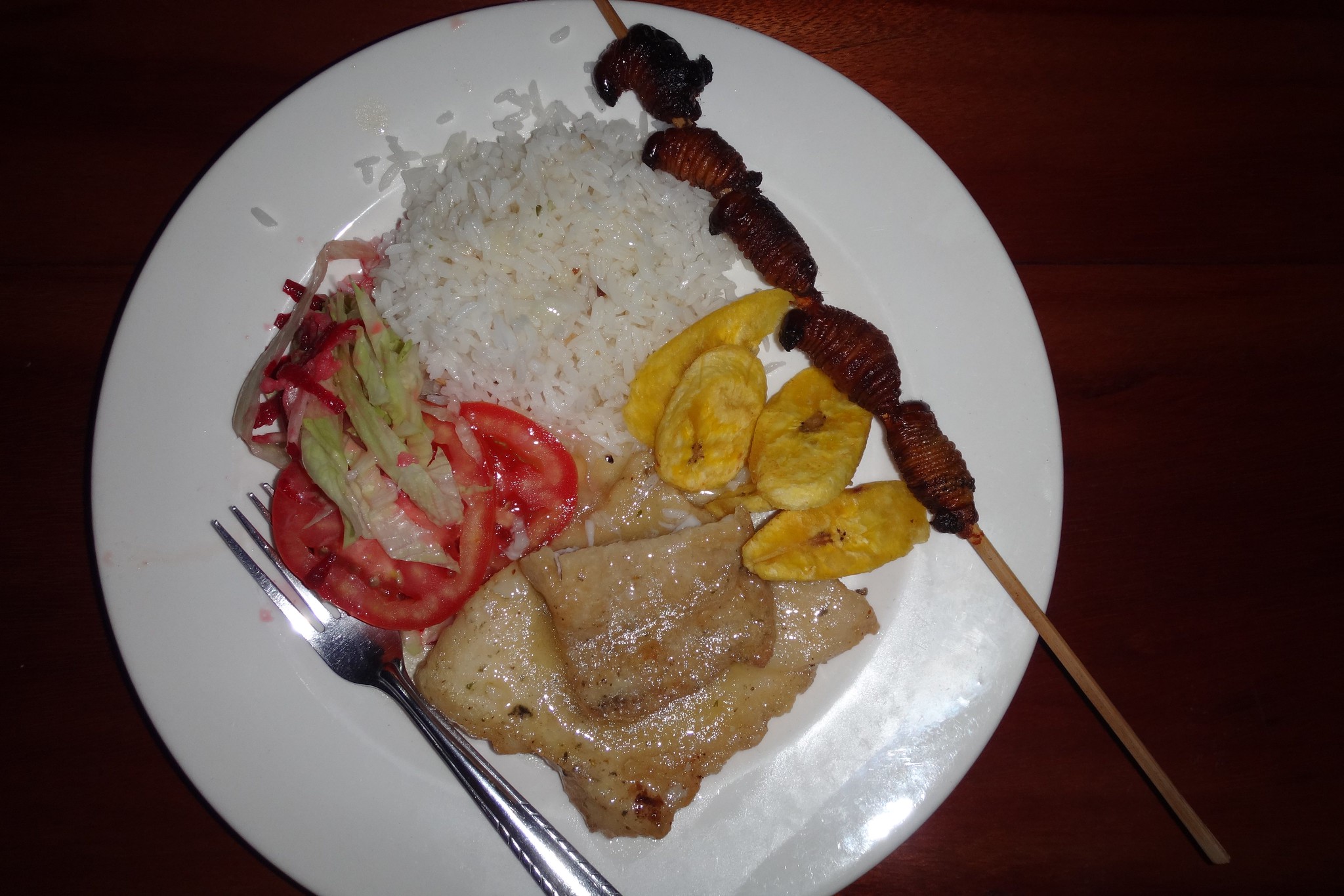
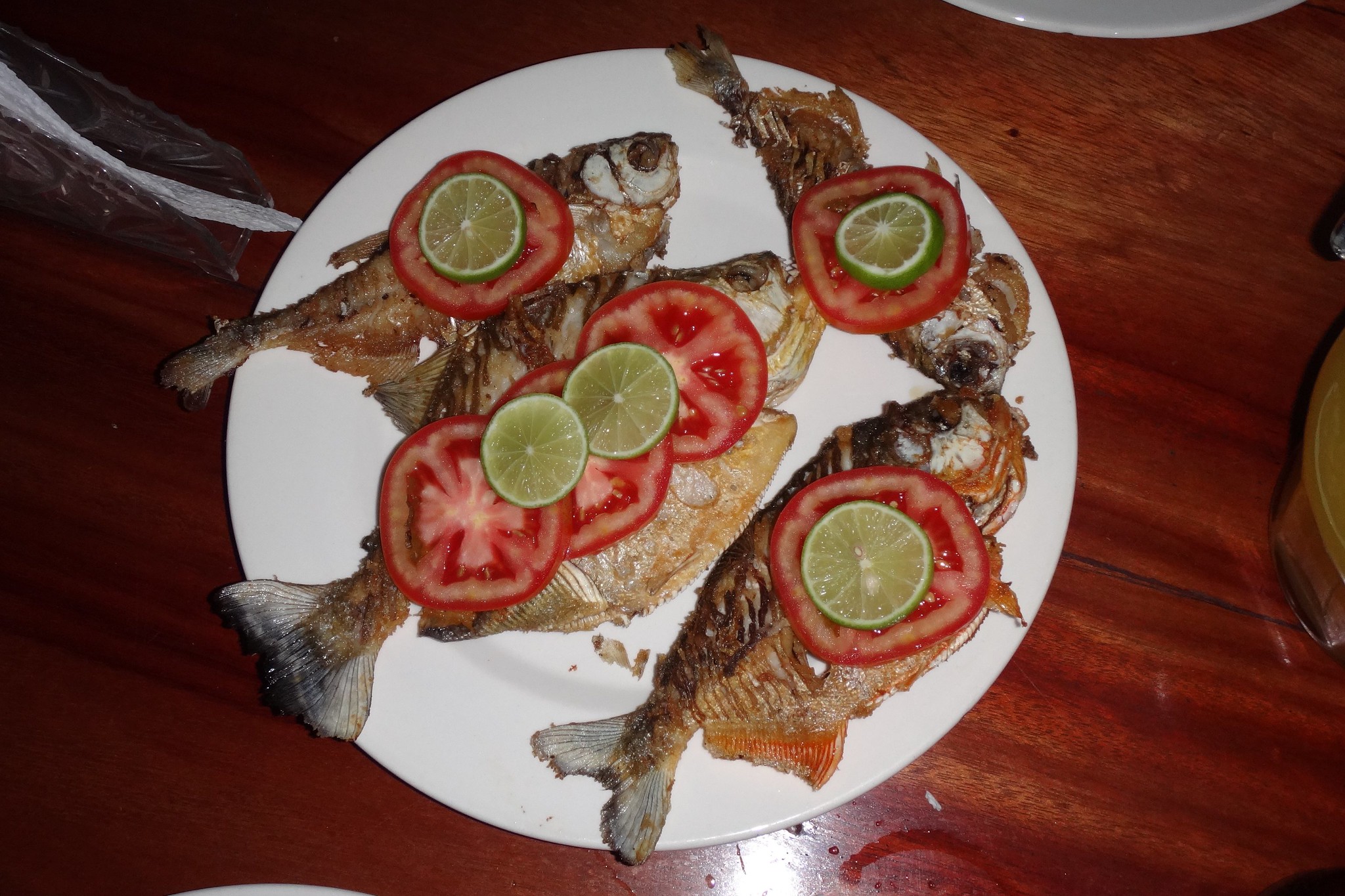
No comments:
Post a Comment
Note: Only a member of this blog may post a comment.